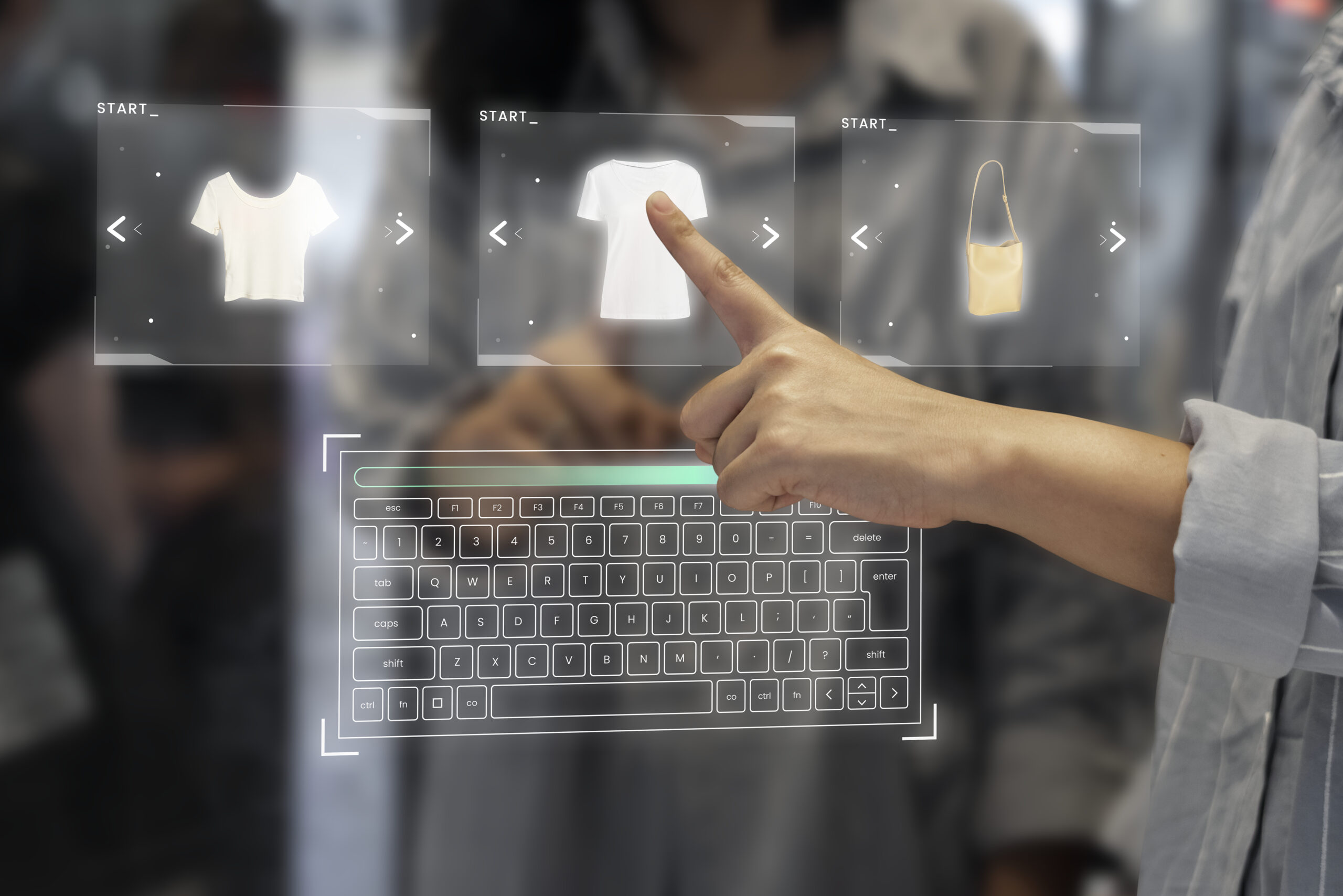The stakes are high for retailers: They need to deliver better customer experiences that consumers will want to come back to after the holidays are over.
Online and in-store shopping are inextricably linked
Consumers are expecting the convenience of ordering online and picking up in-store. Searches for “curbside pickup” doubled in 2021. This is on top of a 3000% increase in 2020. Google data shows that 64% of shoppers intend to shop both in stores and online this holiday season to fully complete their holiday shopping lists, more than double the historical average.
Accelerated by the pandemic, these new blended in-store and online shopping behaviors have redefined the retail landscape and consumer experience. Omnichannel capabilities have become vital to meet evolving consumer expectations. The digital and operational scalability of these features will be put to the test this holiday season, as data suggests that retail sales in the U.S. will grow by 7.4%, a healthy uptick in demand.
Retailers that haven’t invested in integrating their in-store and online digital capabilities risk leaving billions on the table this year, along with a missed opportunity to build brand loyalty beyond the holiday frenzy.
Shoppers want a seamless experience
Shoppers, especially GenZ consumers, expect retailers to be able to easily provide what they’re looking for. When they can’t find what they want, they move on. In fact, 52% of consumers abandon their entire cart and go elsewhere if they cannot find one item; and three out of four report that after an unsuccessful search, they go to the competition.
Helping consumers find what they want isn’t just a revenue opportunity, it’s a brand relationship-building opportunity. Research shows that a positive search experience directly correlates to customer retention, with most consumers (71%) and website managers (60%) saying that an easy-to-use website is linked to consumers being very likely to return. Better search experiences boost engagement and conversion.
A whopping ninety-four percent of global consumers received irrelevant results while searching on a retailer’s website in the last six months, and 85% say they view a brand differently after experiencing search difficulties, according to research conducted by The Harris Poll, commissioned by Google Cloud. Unsuccessful searches leading to “search abandonment” costs retailers more than $300 billion a year
In addition, consumers will notice the difference between retailers using systems only targeted toward product recommendations or marketing versus those that connect them with real-time inventory. Searches for “in stock near me” have increased nearly 800%, underscoring the value of meeting localized consumer demand. The overall experience matters – retailers that harness consumer-centric data to more efficiently connect inventory systems with consumer product preferences will have a strategic competitive advantage and build lasting brand equity.
Consumers are also increasingly choosing to shop with retailers who have more sustainable business practices. Willingness to pay for sustainable products or services is at a record high in the U.S., with more than a third of the population willing to pay more for sustainable products or services. Holiday shoppers in the U.S. say they will make purchase choices based on environmental sustainability, and we expect this to continue to rise. Linking geospatial data with local retail inventory can help retailers differentiate themselves based on their operational efficiency and contribution to sustainability.
A.I. and Machine Learning are bearing fruit
Beyond search, retailers who are leveraging technology like Machine Learning (ML) and Artificial Intelligence (A.I.) to aid in more personalized product discovery and optimized fulfillment and delivery will win this holiday season. Instead of piecemealing technology solutions together, we’re seeing retailers leverage machine learning and A.I. to develop more holistic ways to look at, and understand, the entirety of their business and to deliver better consumer experiences.
IKEA, for example, is using Google Cloud’s A.I. to make personalized product recommendations. This back-end technology is making it easier for consumers to find what they want faster and more efficiently without having to think about it, and resulted in a 400% increase in relevant product recommendations surfaced to customers and a two-percent increase in average order value.
This holiday season will be a great test for retailers. With the help of technology, those who get consumers what they want, when they want will create lasting brand relationships.
Carrie Tharp is the VP of Retail and Consumer at Google Cloud.
The following Fortune article from 2021 provides their research perspective. here



